OCON 2019
Cleveland, Ohio
"Sergei Rachmaninoff and the Sunset of Musical Romanticism"
Stephen Siek, lecturer
ssiek@asu.edu
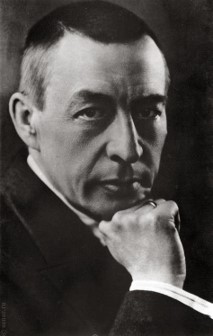
In response to multiple requests for a bibliography and discography to accompany the course given for OCON 2019, celebrating the fiftieth anniversary of the publication of Ayn Rand's The Romantic Manifesto, I'm happy to offer this webpage, which is attached to one of my own sites—in other words, the Ayn Rand Institute has neither assisted in the creation of this page, nor does it assume any responsibility for it. Below are listed the recordings played during the lectures (the Webern excerpt has not been included below but I'll be happy to recommend a recording to anyone who's interested), as well as some standard biographies of Rachmaninoff which I have often consulted. For those who might be interested in purchasing any of these materials, the accompanying images link to their Amazon sites. Please feel free to share this page's URL with any course attendees who may not have received it—or with anyone else you like—and thanks so much for your interest.
Recordings Played in the Course
(listed in the order they were heard)
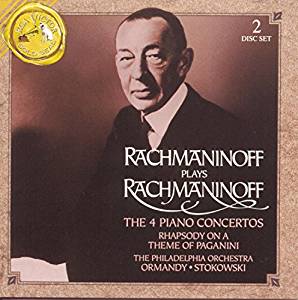
1) Rachmaninoff: Piano Concerto No. 1 in F-sharp minor (1890-91) (rev. 1917), Sergei Rachmaninoff, pianist, with Eugene Ormandy conducting the Philadelphia Orchestra, recorded December 4, 1939. A portion of the first movement was played. The set pictured at left contains Rachmaninoff performing all of his piano concertos plus his Rhapsody on a Theme of Paganini, all with the Philadelphia Orchestra. Clicking on the image will take you to the Amazon site.
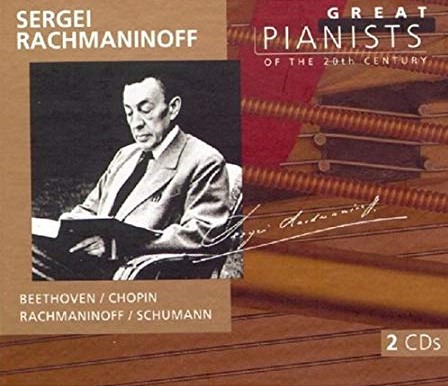
2) Rachmaninoff: Humoresque in G, Op. 10, no. 5 (revised 1940 version), Sergei Rachmaninoff, pianist, recorded April 9, 1940, and
3) Chopin: Waltz in C-sharp minor, Op. 64, no. 2, Sergei Rachmaninoff, pianist, recorded April 5, 1927. The set pictured at left contains a great many solo recordings by Rachmaninoff. Clicking on the image will take you to the Amazon site.

4) Rachmaninoff: Rhapsody on a Theme of Paganini, Op. 43 (1934), Sergei Rachmaninoff, pianist, with Leopold Stokowski conducting the Philadelphia Orchestra, recorded December 24, 1934. Excerpts were played, including the eighteenth variation. The set pictured at left contains Rachmaninoff performing all of his piano concertos plus the Rhapsody, all with the Philadelphia Orchestra. Clicking on the image will take you to the Amazon site.
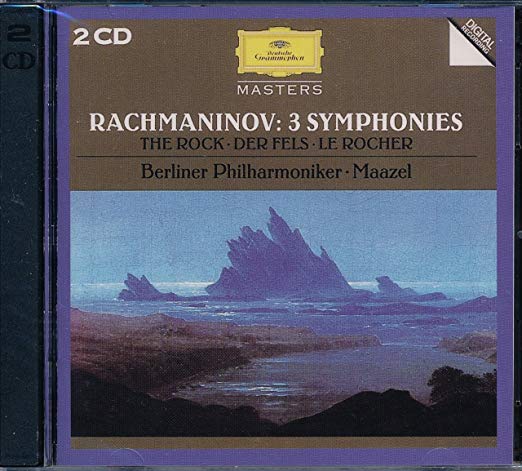
5) Rachmaninoff: Symphony No. 1 in D minor, Op. 13 (1896), Lorin Maazel conducting the Berlin Philharmonic. An excerpt of the fourth movement was played. The set pictured at left contains Maazel conducting all three of Rachmaninoff's Symphonies, plus his early tone poem The Rock (1893). Clicking on the image will take you to the Amazon site.
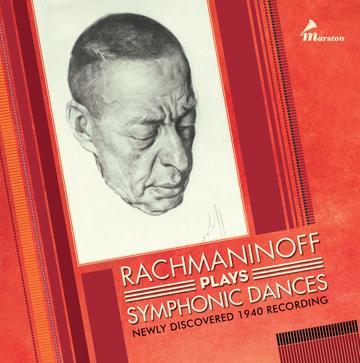
6) and 7) Rachmaninoff Plays Symphonic Dances. The circumstances surrounding this monumental set of recordings were discussed in class. On December 21, 1940, a few weeks before Eugene Ormandy was scheduled to premiere the composer's Symphonic Dances with the Philadelphia Orchestra, Rachmaninoff sat at the piano to guide the conductor's understanding of the tempos and voicings he most desired. Perhaps unaware that his rendering was being recorded, on that occasion he created a remarkable solo reduction of virtually the entire work, delivering a performance of extraordinary poetry and stunning virtuosity. As is well known, Rachmaninoff was so averse to recording his performances that he never even permitted live broadcasts, so this priceless document stands as a sui generis addition to his discography. Today, Rachmaninoff's most extensive "live" performance, lost for decades, can now be heard by modern audiences thanks to the efforts of master recording engineer and restorationist Ward Marston, whose label released this set in September of 2018. Although Rachmaninoff dedicated the work to Ormandy and the Philadelphians, he did not like the way Ormandy conducted it, and much preferred the performance he heard in Carnegie Hall on December 20, 1942, when Dimitri Mitropoulos conducted the New York Philharmonic. That live broadcast, heard on the CBS radio network, is also included.
Biographies of Rachmaninoff consulted in preparing this course
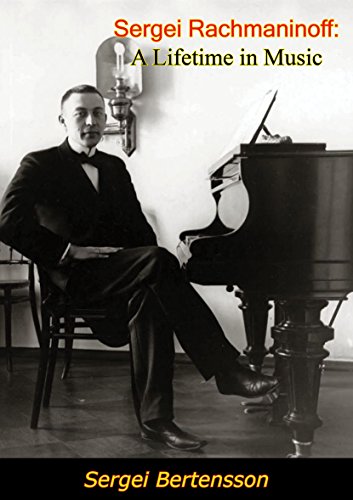
Sergei Bertensson and Jay Leyda. Sergei Rachmaninoff: A Lifetime in Music. Bloomington: Indiana University Press, 2001; rep. New York University Press, 1956.
Out of print for over 30 years, this book, available as a quality paperback and in Kindle, was prepared with the assistance of Rachmaninoff's family, and is still the most comprehensive biography of the composer. However, it can be a laborious book to read because it reproduces so much correspondence that it can often seem like little more than a parade of letters. To serious scholars, the letters have considerable value, and since Bertensson (1885-1962) and Leyda (1910-88) were both fluent in Russian, they had the advantage of direct contact with the documents they examined, as well as the assistance of Rachmaninoff's sister-in-law, Sophia Satina (1879-1975), who approved their final content for accuracy. However, the book's intended audience is difficult to determine, since virtually none of the factual information is documented (the authors evidently regarded the letters as sufficient verification for any claims they made), so it is not specifically targeted at professionals. But even though the prose is generally accessible to non-musicians, the book presumes an enormous degree of cultural knowledge. Historical figures and events are so rarely identified or placed in any meaningful context that it seems often as though the authors are catering only to an initiated elite. With these reservations, it is still highly recommended. The present edition also contains a highly informative foreword by David Butler Cannata, the author of a study of Rachmaninoff's symphonies. Clicking on the image will take you to the Amazon site.
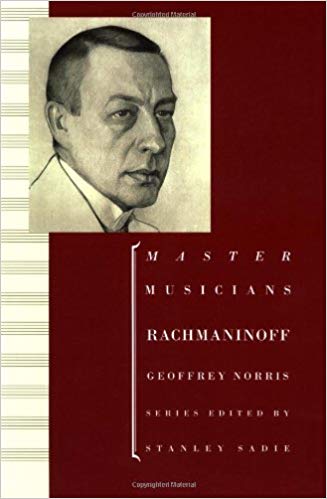
Geoffrey Norris. Rachmaninoff. London: Oxford University Press, 2nd ed., 2001.
British scholar Geoffrey Norris was formerly the chief music critic for the London Daily Telegraph, and is now a professor at the Gnessin Music Academy in Moscow. His biography is still widely consulted, but unfortunately, it is a revised version of an earlier work published in England in 1976, and was reworked in the 1990s to comply with the style of the "Master Musicians" series of the G. Schirmer publishing house, and it is far too brief. Only 78 pages are allotted for biographical material, and it often makes the reader wish that the publishers had allowed Norris sufficient space to share his exemplary scholarship. Another 78 pages are devoted to a brief, but systematic discussion of Rachmaninoff's music, and there are 29 pages of intelligently arranged appendices, which offer some extremely valuable information. Despite its brevity, the book is still highly recommended for its extreme accuracy and readability. Norris spanned several continents to do his research, and he even offers interesting sidelights with respect to the current status of Russian houses and buildings where Rachmaninoff lived and worked. The book also contains a fascinating collection of rarely published photographs.
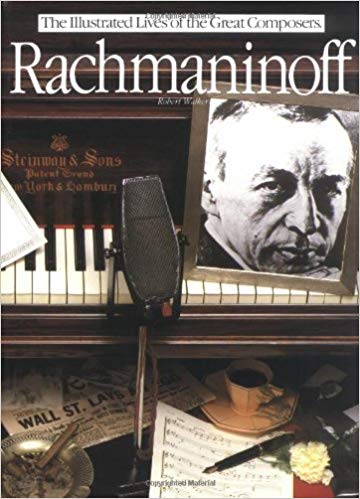
Robert Matthew-Walker. Rachmaninoff. London: Omnibus Press, 1980; 2nd ed., 1984; 3rd ed., 1996.
The paperback version of this book is now priced prohibitively, but the Kindle version is very affordable. English writer Robert Matthew-Walker, a former classical record producer, is largely responsible for launching the career of flutist James Gallway, and this is a very readable, accurate biography of Rachmaninoff aimed at the general reader. As head of the Classical Department of RCA in Britain, Walker was responsible for overseeing the five-volume set of Rachmaninoff's recorded performances released in 1973 as part of the composer's Centennial celebration. Despite the author's tendency to mingle facts rather freely with his own opinions, the book should be suitable for those with a casual interest in the composer, while providing a good foundation for anyone who wishes to engage in further study or reading.
|